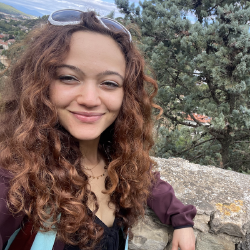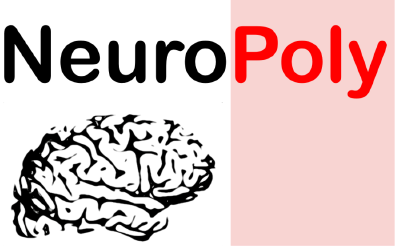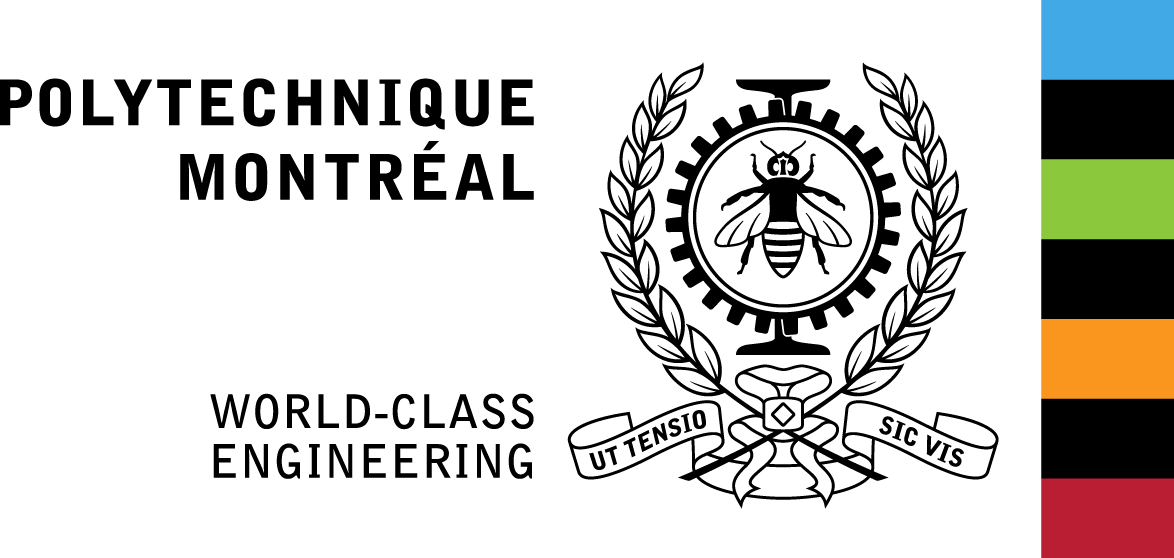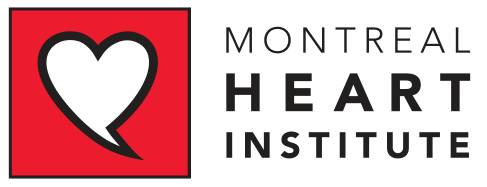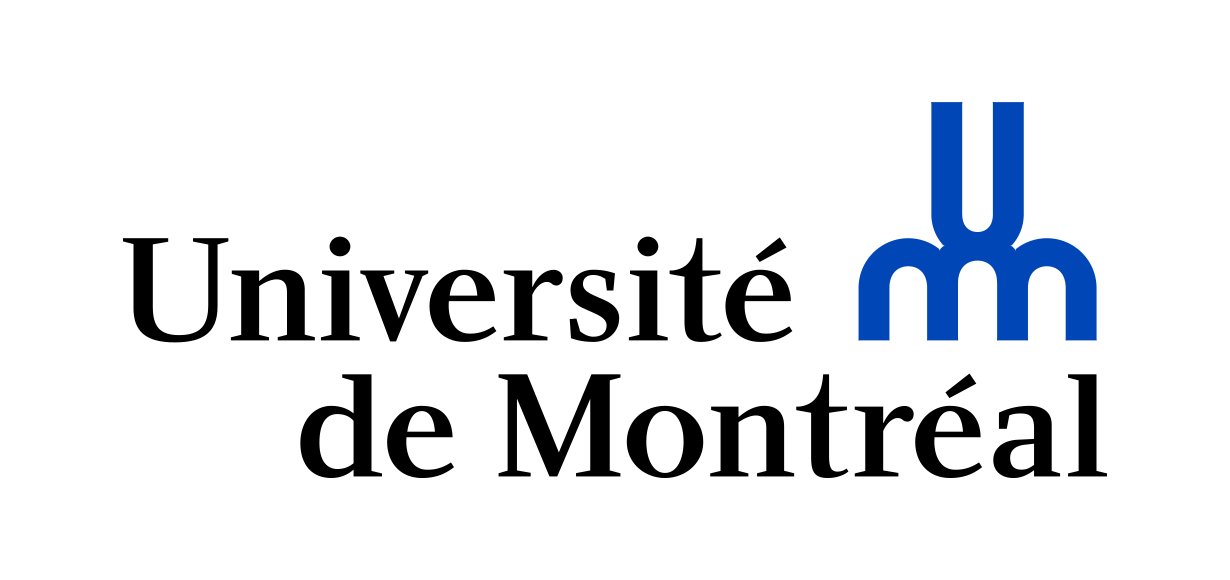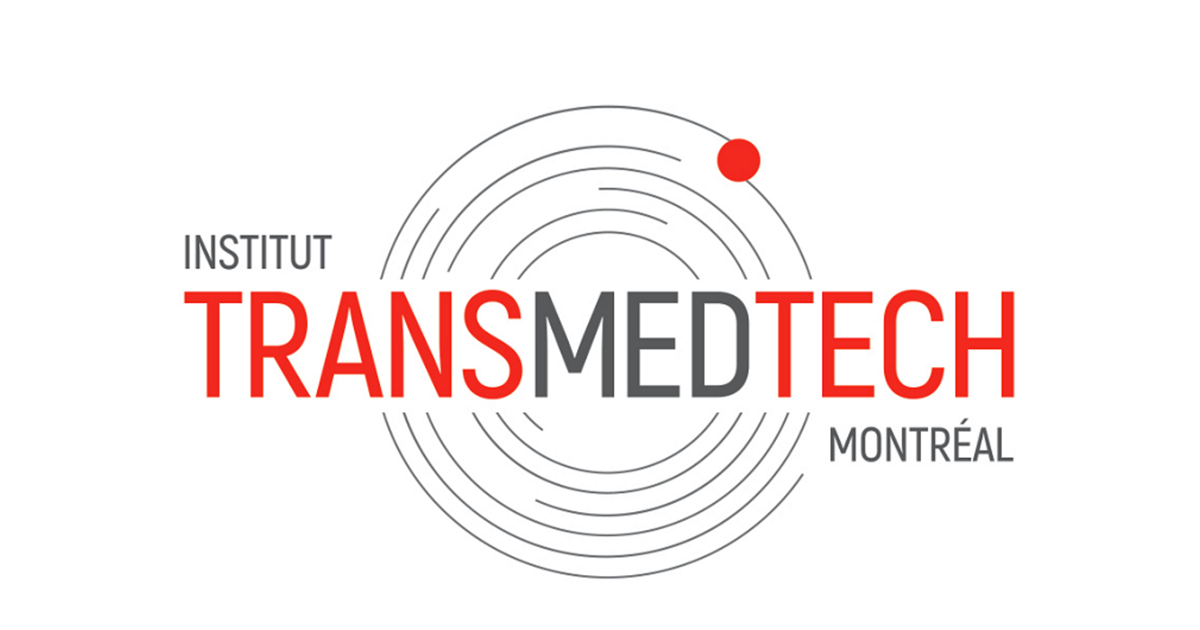 B1+
B1+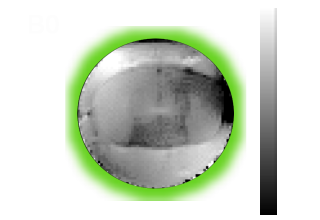 B0
B0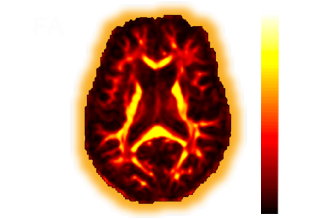 DTI
DTI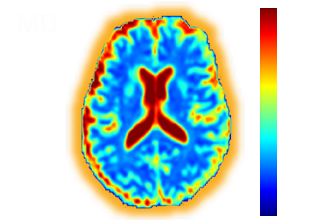 DTI
DTI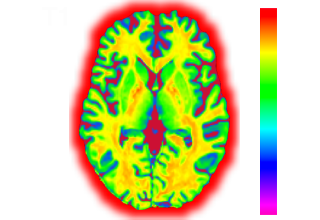 IR-T1
IR-T1 DTI
DTI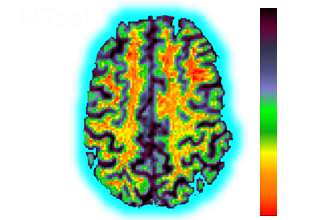 MTsat
MTsat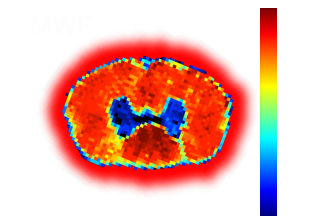 MWF
MWF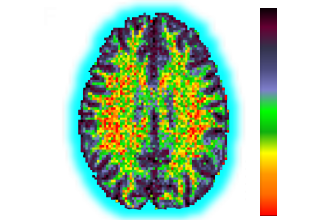 qMT
qMT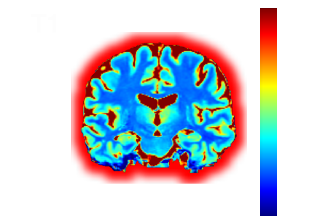 VFA-T1
VFA-T1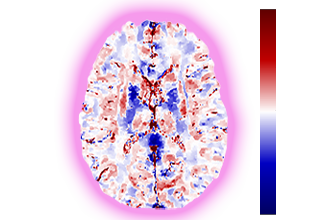 QSM
QSM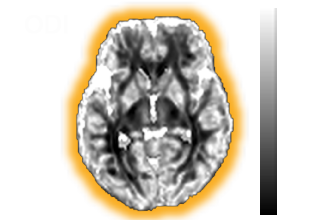 CHARMED
CHARMED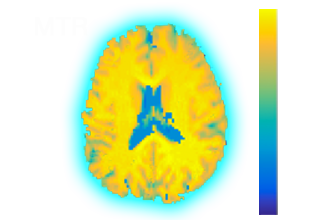 MTR
MTR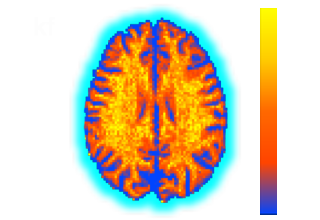 qMT
qMT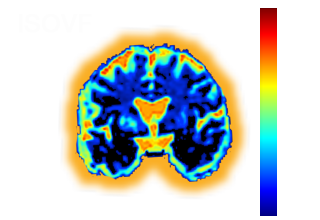 NODDI
NODDIQuantitative MRI. Under one umbrella.
Welcome to qMRLab
qMRLab is a MATLAB/Octave open-source software for quantitative MR image analysis.
The main goal of the qMRLab project is to provide the community with software that makes data fitting, simulation and protocol optimization as easy as possible for a myriad of different quantitative models.
We are working hard to sustain a scalable codebase and to encourage everyone to contribute their favorite recipe for qMR.
Simulate
Explore qMRI methods with the simulation tools.
Generate syntetic data to evaluate how models perform with a given set of parameters. Determine the acquisition protocol that works best for your application. Evaluate how fitting constraints impact the results.
Read moreFit
Create your quantitative maps via GUI (graphical user interface) or CLI (command-line interface).
Intuitively designed interfaces allow you to seamlessly import real-world qMR data, set acquisition parameters and customize fitting options. You can save your fitting session and share it with others to reproduce outputs.
Read moreVisualize
The GUI provides sanity checks and tools for inspecting the results.
Navigate through the quantitative maps using the embedded volume viewer and check the data fits for selected voxels. Get statistics for the regions that you would like to inspect.
Read moreFeatured Posts
B1 mapping series: Actual Flip angle Imaging (AFI)
Interactive tutorial about B1 mapping using the Actual Flip angle Imaging (AFI) technique.
Interactive T1 mapping book
Interactive tutorial on T1 mapping techniques (Inversion recovery, Variable Flip Angle, and MP2RAGE).
The Double Helix and MRI Part 2: qMRI-BIDS
The analogy between genetics and MRI will continue on a metaphorical level as we dive into our cellular machinery and qMRI-BIDS (Karakuzu et al. 2022)....
The Double Helix and MRI Part 1: DNA is Quantitative, MRI Is Not.
Quantitative MRI (qMRI) lends itself well to metaphors, from jelly beans and symphonic orchestras to alphabet soups and Bento boxes... And DNA!
Quantitative magnetization transfer using spoiled gradient echo
Interactive tutorial about quantitative magnetization transfer mapping. The qMT using spoiled gradient echo (qMT-SPGR) is introduced with qMT theory, signal modelling and data fitting.
Continuous Integration and Delivery with MATLAB
Would you like to run your tests in MATLAB on every change to your codebase? Or perhaps you want to build and Dockerize your MATLAB...
On the open source landscape of MRM
Being involved in several open source projects (qMRLab, AxonDeepSeg) and initiatives dealing with open science in publishing (NeuroLibre, Canadian Open Neuroscience Platform), I was curious...
New filtering module
Most studies that use B1 maps do not use the raw maps; instead, they are typically filtered during a pre-processing step to reduce effects like...
MRathon 2019: Plenary Talks
This year, we organized the MRathon, a hackathon for MR professionals held in Montréal just before the 2019 ISMRM meeting. Hosted at Polytechnique de Montréal...
Relaxometry Series: MP2RAGE
Dictionary-based MRI techniques capable of generating T1 maps are increasing in popularity, due to their growing availability on clinical scanners, rapid scan times, and fast...
NeuroImage special issue on microstructure
On November 15 the Neuroimage special issue on microstructure was officially out. Two years in the making, the special issue collected 39 scientific articles by...
Relaxometry Series: Variable Flip Angle
Variable flip angle (VFA) T1 mapping (Christensen et al. 1974; Gupta 1977; Fram et al. 1987), also known as Driven Equilibrium Single Pulse Observation of...
The Problem
In the previous post, we briefly mentioned about the promise of qMRI in supplementing conventional MR images with objective qMaps. Now we are shifting gears...
A bird's-eye view of the inversion recovery T1 mapping interactive tutorial
Two weeks ago we posted an interactive tutorial about inversion recovery T1 mapping. There are many hidden features in this post, so we created a...
Relaxometry Series: Inversion Recovery
Widely considered the gold standard for T1 mapping, the inversion recovery technique estimates T1 values by fitting the signal recovery curve acquired at different delays...
Every MR image is a symphony, every qMRI map is an instrument
Let’s admit, it is often difficult to explain our research to the people outside of our lab. Given that they are the ones expected to...
Hello world
Magnetic resonance imaging (MRI) is an indispensable part of a radiologist’s toolbox. But MR images (MRIs) are not for radiologists only. A growing number of...
qMRLab in a Jupyter Notebook: A tutorial for Win10 users
Imagine that you are exploring a new qMRI analysis method. The code is open in an editor window and your command window is swarmed with...
Contributors

Agah Karakuzu

Mathieu Boudreau
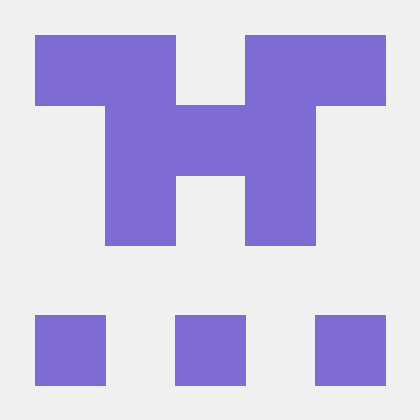
Tanguy Duval

Ilana Leppert

Tommy Boshkovski

Bruce Pike

Julien Cohen-Adad



